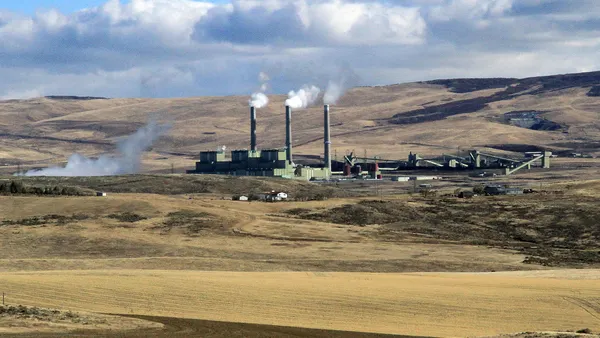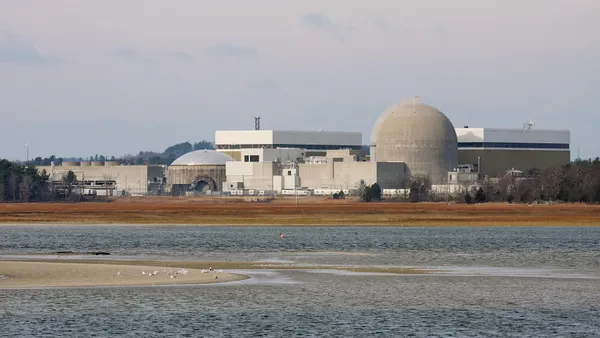Dive Brief:
- Despite talk of many states refusing to comply with the Obama administration's Clean Power Plan, there are indications that several states are beginning to collaborate regionally on how to address the new greenhouse gas emissions limits, E&E Publishing reports.
- E&E reports that most, though not all, of the PJM Interconnection states have been working in an informal group discussing compliance options since June
- The Southwest Power Pool had begun to openly engage state air regulators on Clean Power Plan compliance last month, holding a webinar for air regulators from the grid operator's 14-state territory.
Dive Insight:
While some states are gearing up for a long legal battle over the Clean Power Plan, there are increasing indications that states and utilities will look to embrace compliance options and regional strategies rather than immediately challenge the new rules. The regulation calls for a 32% reduction of greenhouse gas emissions from power plants nationwide by 2030 using 2005 levels.
More than a dozen states are preparing to challenge the rule once the final regulation is published in the Federal Register, and their lawsuit will likely be joined by an unknown number of energy companies. But it appears that utilities are generally accepting the carbon mandates -- though many were already on their way to compliance -- and states are beginning to work together regionally to reduce the costs of meeting new carbon standards.
The Southwest Power Pool's initiative last month was the first time a regional transmission operator has met openly with air regulators to discuss the pollution limits.
"We respect the fact that some of the states will litigate; that's their right to do so," said Lanny Nickell, SPP's vice president of engineering. "We just hope and encourage them to be working a parallel path so that in whatever event occurs, that they're ready to implement something that will be reliable and cost-effective."
Now it appears that PJM states have been meeting informally since June in a working group running parallel to the Midcontinent States Environmental and Energy Regulators organization. While not all PJM states are participating, most are, officials told E&E. The rules of the group say regulators can walk away at any time, with no hard commitment.
"People come and they participate to varying degrees," Doug Scott, vice president of strategic initiatives at the Minnesota-based Great Plains Institute, told E&E. "Whatever works for them is fine. Our goal is, 'Here's what the rule is, here's our best efforts of trying to explain it and explain what the options are for the states,' and let the states make the decisions of what makes most sense for them."
Several studies have found that regional compliance, rather than doing it state-by-state, will be more effective and economical. In July, just before the final rule was announced, SPP's final analysis of the draft found a state-by-state approach to compliance would cost almost 40% more than a regional approach. The grid operator's analysis showed the state-by-state approach would require an estimated $3.3 billion annually in new generation, capital investment and energy production costs.














